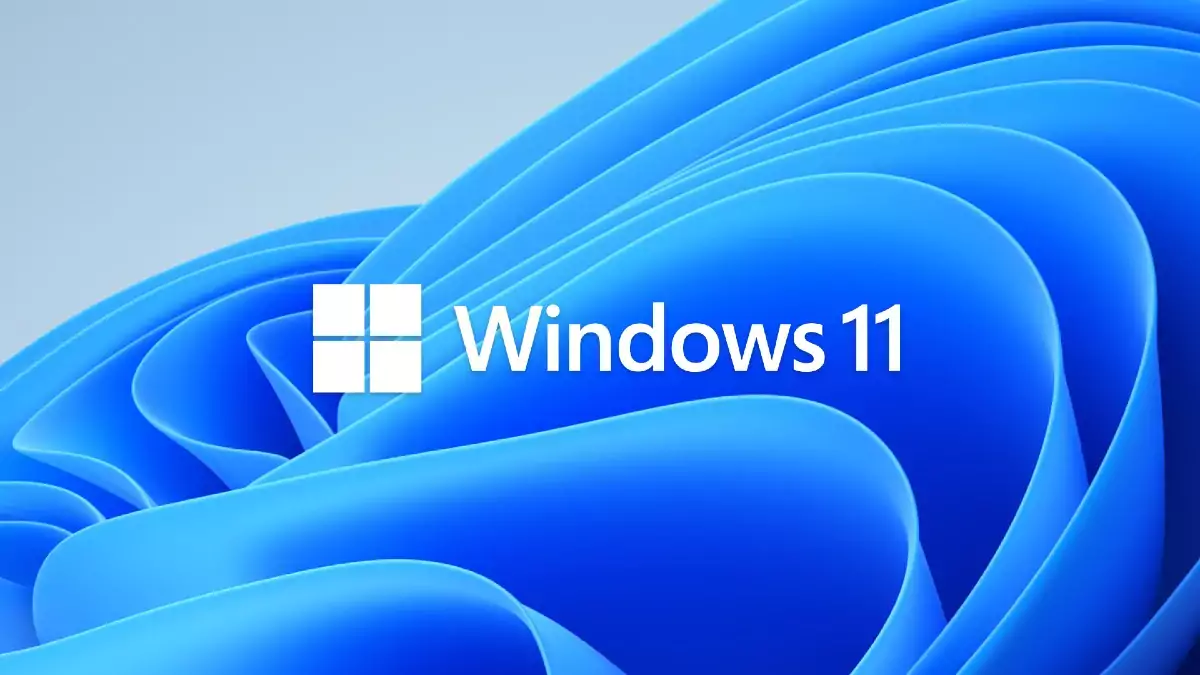Microsoft Windows 11, the first major update to the platform since the launch of Windows 10 nearly six years ago, will start to become available on October 5, 2021.
On this day, the free upgrade to Windows 11 will begin rolling out to eligible Windows 10 PCs and PCs that come pre-loaded with Windows 11 will start to become available for purchase.
The free upgrade to Windows 11 starts on October 5 and will be phased and measured with a focus on quality. New eligible devices will be offered the upgrade first. The upgrade will then roll out over time to in-market devices based on intelligence models that consider hardware eligibility, reliability metrics, age of device and other factors that impact the upgrade experience.
Microsoft expects all eligible devices to be offered the free upgrade to Windows 11 by mid-2022. If you have a Windows 10 PC that’s eligible for the upgrade, Windows Update will let you know when it’s available. You can also check to see if Windows 11 is ready for your device by going to Settings > Windows Update and select Check for updates.
Windows 11 features a fresh, clean interface. Users can easily find what they need by clicking the Start button which is located at the centre of the screen.
Start utilizes the power of the cloud and Microsoft 365 to show users recent files that were previously viewed across different platforms or devices, so users can pick up where they left off – even documents they were working on their Android or iOS devices.
Multi-tasking has never been easier with new Windows 11 features like Snap Layouts, Snap Groups, and Desktops that help users organize their windows and optimize their screen real estate.
Chat from Microsoft Teams integrated into the taskbar provides a faster way to connect to the people you care about.
Users can now enjoy the flexibility of multiple windows and work on multiple apps simultaneously by snapping the apps side by side on their screens. With Desktops, users can customize spaces for each aspect of their lives, such as work, gaming, or school, and easily switch between them.
Windows 11 key features
Android apps on Windows
Through a partnership with Amazon’s App Store, Microsoft will support some Android apps, as highlighted by a quick promo of TikTok during the company’s event. This comes with an important caveat though: Amazon’s App Store does not have as robust a selection as, say, Google Play.
Snap layouts for apps
Microsoft put a great emphasis on multitasking with the introduction of Snap layouts which are tailored to the size of your screen. Users can spread out layouts in different configurations, such as side by side or even four at a time to maximize efficiency. You can resize Windows on touch screens by pinching or spreading fingers out on a window. You can also set Snap configurations to group apps by topic such as “work.”
Smoother docking process
Nothing is more fun than docking or undocking a computer and watching apps on another display disappear. Microsoft says whenever you dock or undock in Windows 11, you no longer have to reconfigure apps.
Multiple typing options
Of course, physical keyboards and on-screen keyboards are available, but in one demonstration featuring a Microsoft Surface, users can add a smartphone-size keyboard in the corner of the screen you operate with one hand. There’s also voice typing if you want to ditch the keyboard altogether.
Widgets
Windows 11 will introduce widgets where users can pull information such as weather, news and other details. Users can either open a full window to review all their widgets or slide along one side of the screen.
A new look for the Microsoft Store
On top of adding Android apps, the Microsoft Store experience gets a cleaner look expected to offer faster performance.
Microsoft Teams integrated into the Taskbar
With Windows 11, Microsoft is introducing Microsoft Teams integrated into the taskbar. Now you can instantly connect through text, chat, voice or video with all of your personal contacts, anywhere, no matter the platform or device they’re on, across Windows, Android or iOS.
If the person you’re connecting to on the other end hasn’t downloaded the Teams app, you can still connect with them via two-way SMS.
Windows 11 also gives you a more natural way to connect with friends and family through Teams, allowing you to instantly mute and unmute, or start presenting directly from the taskbar.



